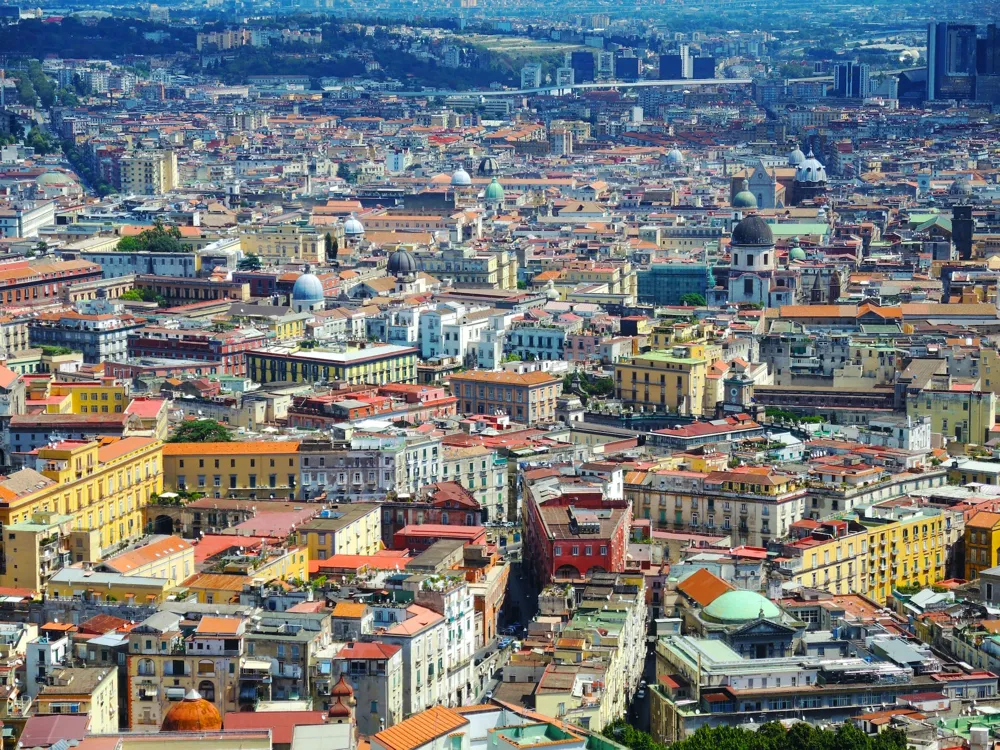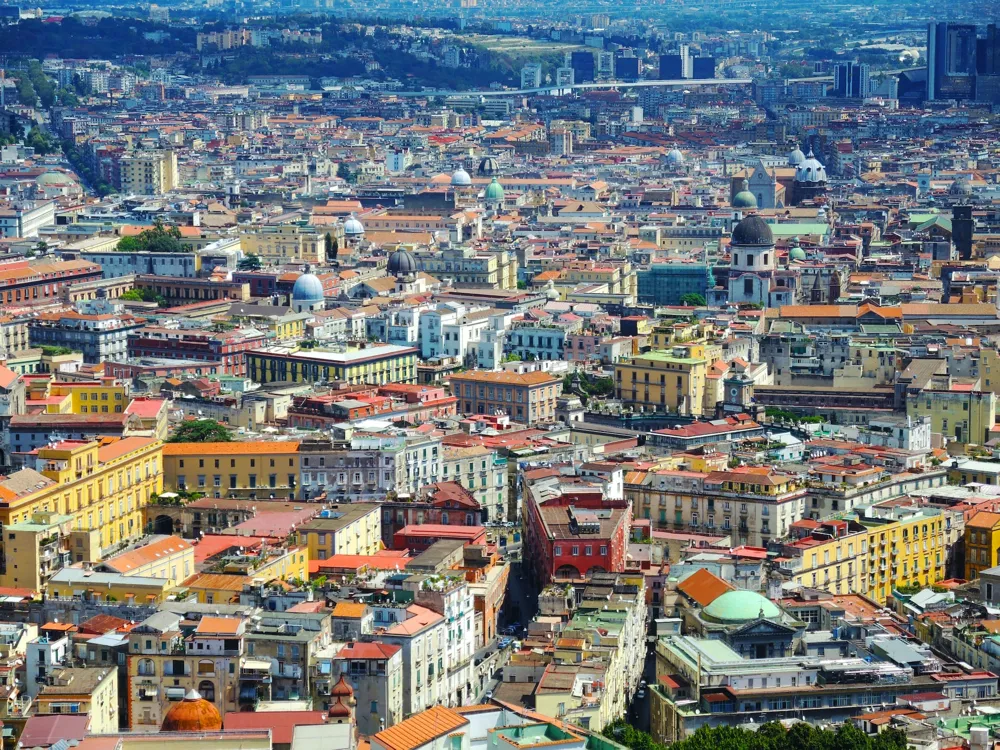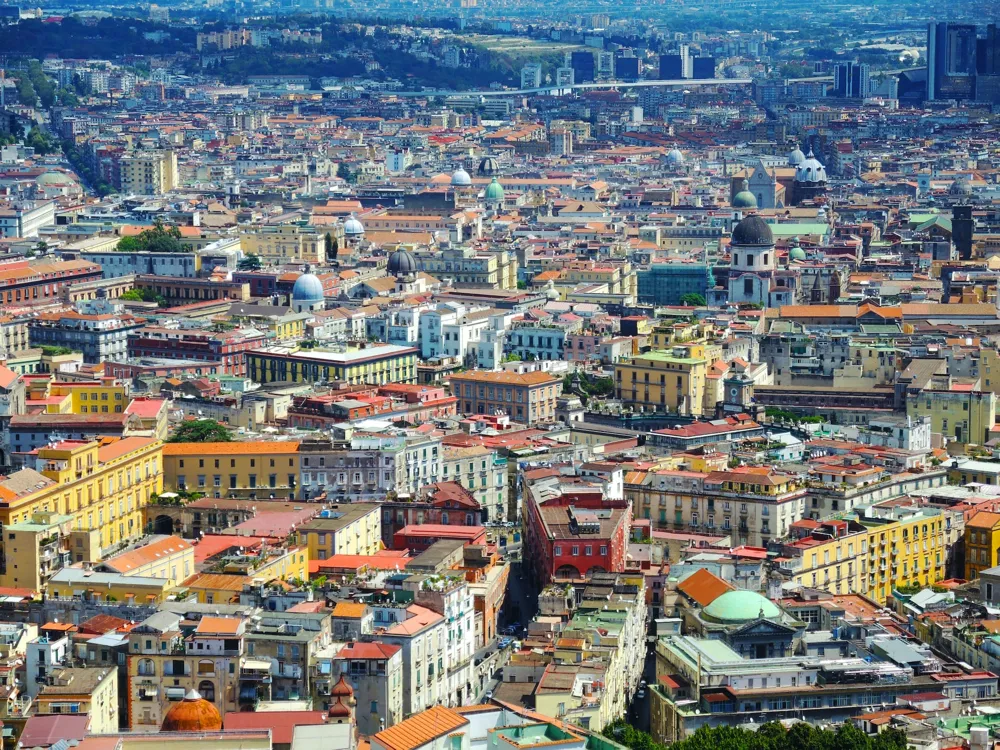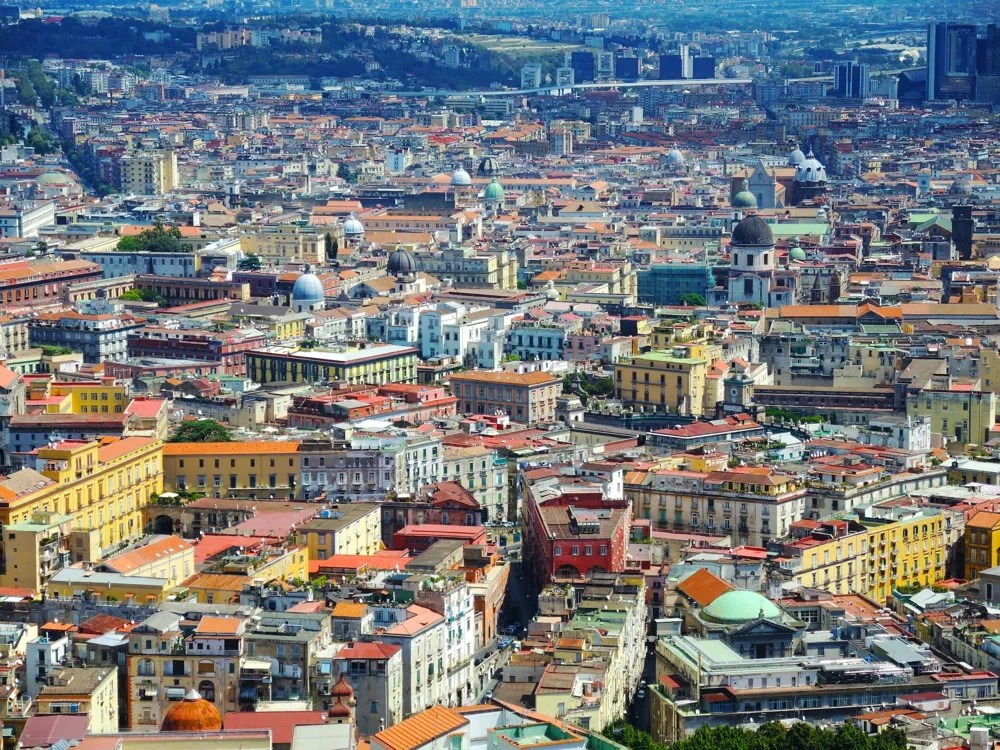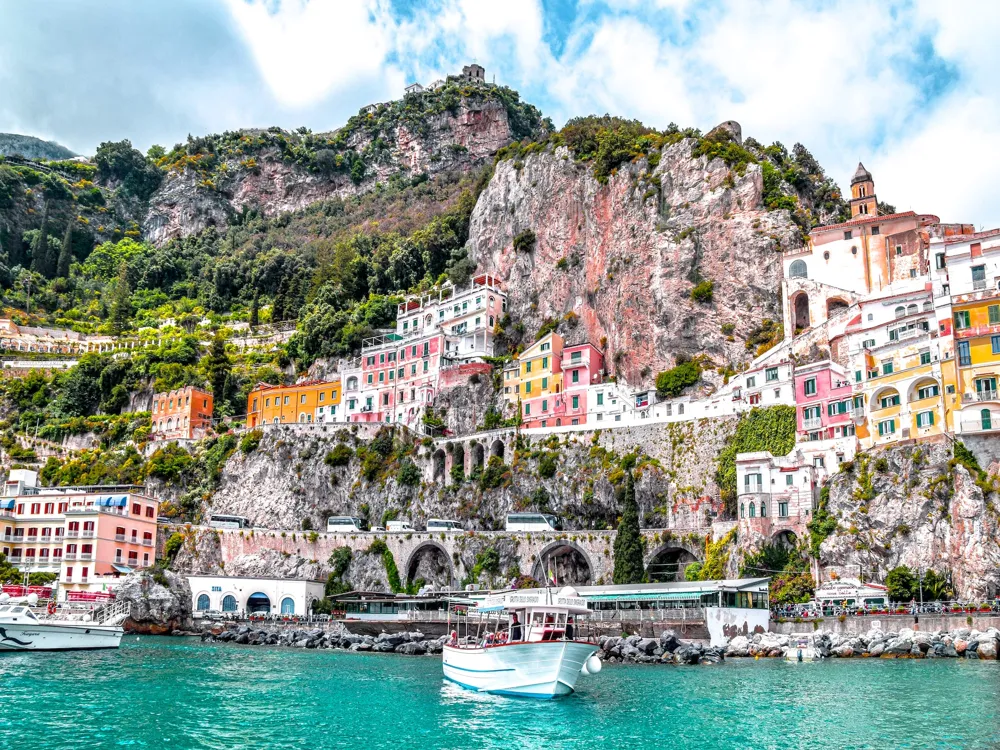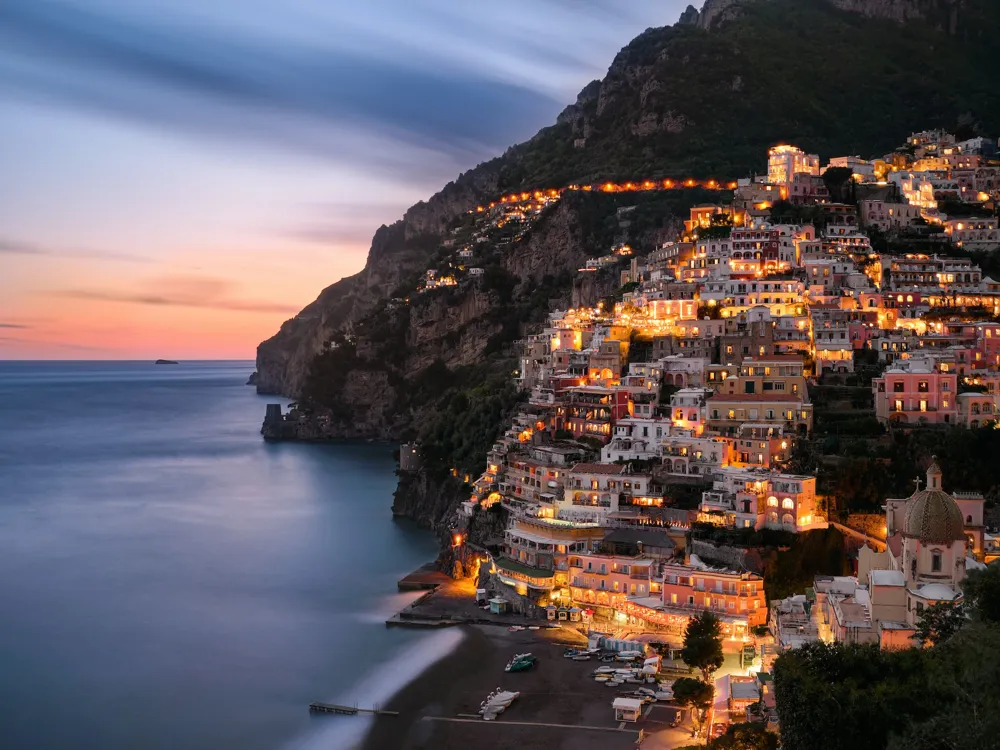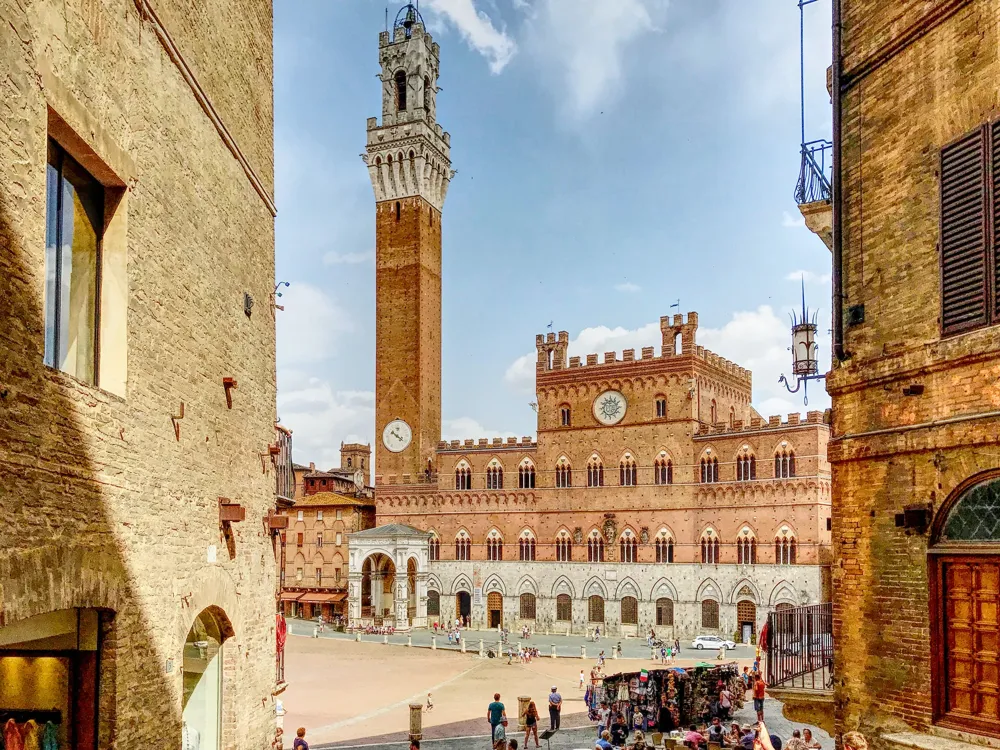The San Carlo Theatre, located in the heart of Naples, Italy, stands as a beacon of artistic excellence and architectural grandeur. Inaugurated in 1737, it is one of the oldest and most prestigious opera houses in the world. The theatre has witnessed centuries of history, hosting a myriad of performances ranging from operas to ballets, and symphonies to theatrical productions. It was designed by the architect Giovanni Antonio Medrano, and its storied past is intertwined with the cultural and social evolution of Naples itself. The theatre's significance extends beyond its function as a performance venue. It has been a hub of cultural innovation, where many famous operas had their world premieres. The interior of the theatre is a masterpiece of opulence and elegance. The royal box, grand chandelier, and ornate decorations reflect the baroque and neoclassical styles predominant during its construction. The theatre's acoustics are renowned for their clarity and richness, making it a favorite among performers and audiences alike. Over the years, San Carlo Theatre has undergone several renovations to preserve its historical character while incorporating modern amenities. These efforts have ensured that the theatre remains a vital and vibrant part of Naples' cultural landscape. Visiting the San Carlo Theatre is not just an opportunity to enjoy world-class performances; it is also a journey through the history and artistic heritage of Naples. The architecture of the San Carlo Theatre is a testament to the artistic and architectural ingenuity of the 18th century. The theatre's design reflects the baroque style, characterized by its grand scale, rich decorations, and dramatic use of light and shadow. The façade of the theatre, though relatively understated compared to its interior, is elegant and harmoniously integrated with the urban landscape of Naples. The interior of the San Carlo Theatre is where its architectural magnificence truly shines. The horseshoe-shaped auditorium, adorned with gold leaf, stuccoes, and frescoes, creates an atmosphere of regal splendor. The royal box, situated directly opposite the stage, is a focal point of the auditorium's design, emphasizing the theatre's historical connection to the royal court of Naples. The theatre's stage, one of the largest in Italy, has hosted some of the most elaborate and technically challenging productions in opera history. The intricate machinery and stagecraft techniques developed at San Carlo Theatre were innovative for their time and continue to influence theatre design today. The combination of artistic and technical expertise evident in the theatre's architecture has made it a benchmark for opera houses worldwide. When planning a visit to the San Carlo Theatre, it's advisable to check the performance schedule well in advance. Booking tickets early can ensure better seating options and prevent disappointment, as popular shows often sell out quickly. Guided tours of San Carlo Theatre offer a deeper insight into its history and architecture. These tours often include access to areas not usually open to the public, such as the royal box and backstage, providing a unique perspective on this historic venue. While there is no strict dress code for attending performances at the San Carlo Theatre, smart casual attire is generally recommended. For gala or premiere nights, more formal attire may be appropriate to honor the theatre's elegant setting. San Carlo Theatre is committed to accessibility for all visitors. Inquire about special seating arrangements and facilities for visitors with mobility challenges when booking your tickets. The area around the San Carlo Theatre is rich in cultural and historical attractions. Plan some extra time to explore nearby landmarks, restaurants, and shops, immersing yourself in the vibrant atmosphere of Naples. San Carlo Theatre is conveniently located in the center of Naples, making it easily accessible by various modes of transportation. For those traveling by public transit, the theatre is a short walk from several bus and metro stops. If arriving by car, there are parking facilities nearby, though space can be limited during peak times. For international visitors, the closest airport is Naples International Airport, from which you can take a taxi or public transport to reach the city center. Read More:Overview of San Carlo Theatre in Naples
Architecture of San Carlo Theatre
Tips When Visiting San Carlo Theatre
Plan Your Visit
Guided Tours
Dress Code
Accessibility
Enjoy the Surroundings
How To Reach San Carlo Theatre
San Carlo Theatre
Naples
₹ 56,000 onwards
View naples Packages
Also Refered As:
Teatro di San Carlo
Naples Travel Packages
View All Packages For Naples
Top Hotel Collections for Naples

Private Pool

Luxury Hotels

5-Star Hotels

Pet Friendly
Top Hotels Near Naples
Other Top Ranking Places In Naples
View All Places To Visit In naples
View naples Packages
Also Refered As:
Teatro di San Carlo
Naples Travel Packages
View All Packages For Naples
Top Hotel Collections for Naples

Private Pool

Luxury Hotels

5-Star Hotels

Pet Friendly








